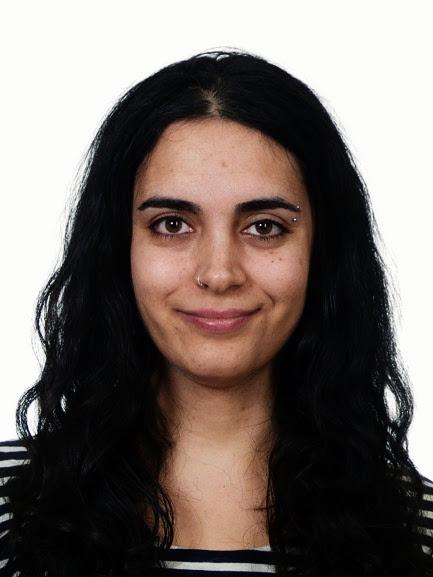Tehran’s new Holy Virgin Mary metro station opened on 13 October 2025. The station sits near the Armenian Cathedral in District Six and features murals displaying Christian symbols.
Social media exploded. One observer noted how fast images were spreading and how surprised people seemed, realizing how little the world understands about Iran. The station sparked conversations about religious tolerance, state messaging, and international perceptions.
The news was quick, vivid, and easy to share. It disappeared just as fast from the cycle.
A Different Kind of Recognition
Fakhr-al-Sadat Khamesi, a member of the Yazd City Council, announced in early January 2025 that the council proposed incentive packages to restore traditional mud-brick homes in the UNESCO-registered Historic City of Yazd.
The packages include financial facilities, grants, technical consultations, and tax exemptions for owners of historic buildings.
No viral threads discussed this. No international outlets covered it. The policy mainly caught attention from regional heritage specialists and a single news agency report.
Yazd stands as one of the world’s oldest continuously inhabited cities. In July 2017, its historical core became a UNESCO World Heritage site. The city’s mud-brick architecture, wind towers, and underground water channels offer living proof of adaptation to desert life. Water reaches the city through the qanat system, with each district built on a qanat and centered around a communal hub.
What Gets Lost in Translation
The Virgin Mary station excited people because it seemed unexpected. For many outside Iran, religious diversity in the Islamic Republic exists mostly as an abstraction or contested claim. A metro station with Christian art became evidence (or propaganda) depending on the viewpoint.
Yazd’s council decision tells a different story. Khamesi emphasized that the incentives encourage homeowners to restore properties, helping to stop further deterioration of priceless buildings. The language was practical, dealing with physical decay, economic pressure, and decades of unregulated construction damaging the old city.
This kind of preservation demands patience. Adobe walls crack slowly. Qanats built centuries ago still carry water, but require upkeep. The tall wind catchers that earned Yazd its nickname still cool homes without electricity, but only when residents maintain them.
Interfaith by Geography, Not Gesture
Yazd is the spiritual heart of Iran’s Zoroastrian community. The Tower of Silence stands on the city’s edge. Fire temples keep flames alive that predate Islam. Mosques and churches sit close together because the city has always been a crossroads.
This interfaith character comes not from officials’ declarations but from geography, trade routes, and history. Yazd lies between the Dasht-e Kavir and Dasht-e Lut deserts. Cultural heritage experts believe the city offers living proof of smart use of scarce desert resources to survive.
Survival breeds practical coexistence. When water is scarce and temperatures soar, communities learn to share space and knowledge. Yazd’s architecture reflects this. Courtyards, thick earthen walls, and vaulted ceilings create microclimates that make life livable.
These techniques come from centuries of different faiths working side by side, shaping buildings under the same sun.
The Limits of Symbolism
Abdolmotahhar Mohammadkhani, a Tehran Municipality spokesperson, said the Holy Virgin Mary station’s opening aims to improve residents’ quality of life by reducing congestion and offering better access to cultural districts.
The station meets a real transport need. The Armenian community benefits from being close to their cathedral. Naming and design add meaning to the infrastructure.
Yazd’s incentive program aims at something different. It works to keep a way of life alive. Mud-brick homes demand specific skills to care for them. Financial support alone won’t preserve these buildings if craftspeople stop using traditional methods or if residents move away entirely for modern housing.
The council’s plan combines grants with technical help. It recognizes that heritage involves not just buildings but also the expertise needed to maintain them. This approach moves slower and is less visible than naming a metro station. Yet it goes deeper.
What Europe Might Learn
From a European point of view, both stories deserve notice. The metro station offers a useful reminder that Iran’s religious makeup includes more than headlines about clerics and restrictions. The Yazd initiative offers another lesson: a method for heritage preservation that honors living communities instead of freezing cities as museums.
Many European cities face similar struggles. Venice limits tourism to protect infrastructure. Barcelona debates balancing World Heritage status with residents’ needs. Prague’s historic centre pulls millions of visitors while locals settle farther out.
Yazd provides grants and tax breaks directly to homeowners. The approach treats preservation as a partnership between government and residents. Khamesi stated the incentive packages could be an effective way to protect the historic character of Yazd.
The wording is modest but the goal, ambitious.
Keep up with Daily Euro Times for more updates!
Read also:
Second Renaissance: Arabic Calligraphy Takes the European Art Scene
IKEA In, ABBA Out: Sweden’s Cultural Canon Sparks Outrage






